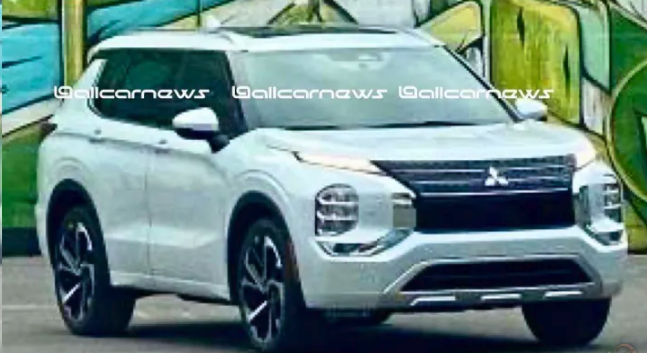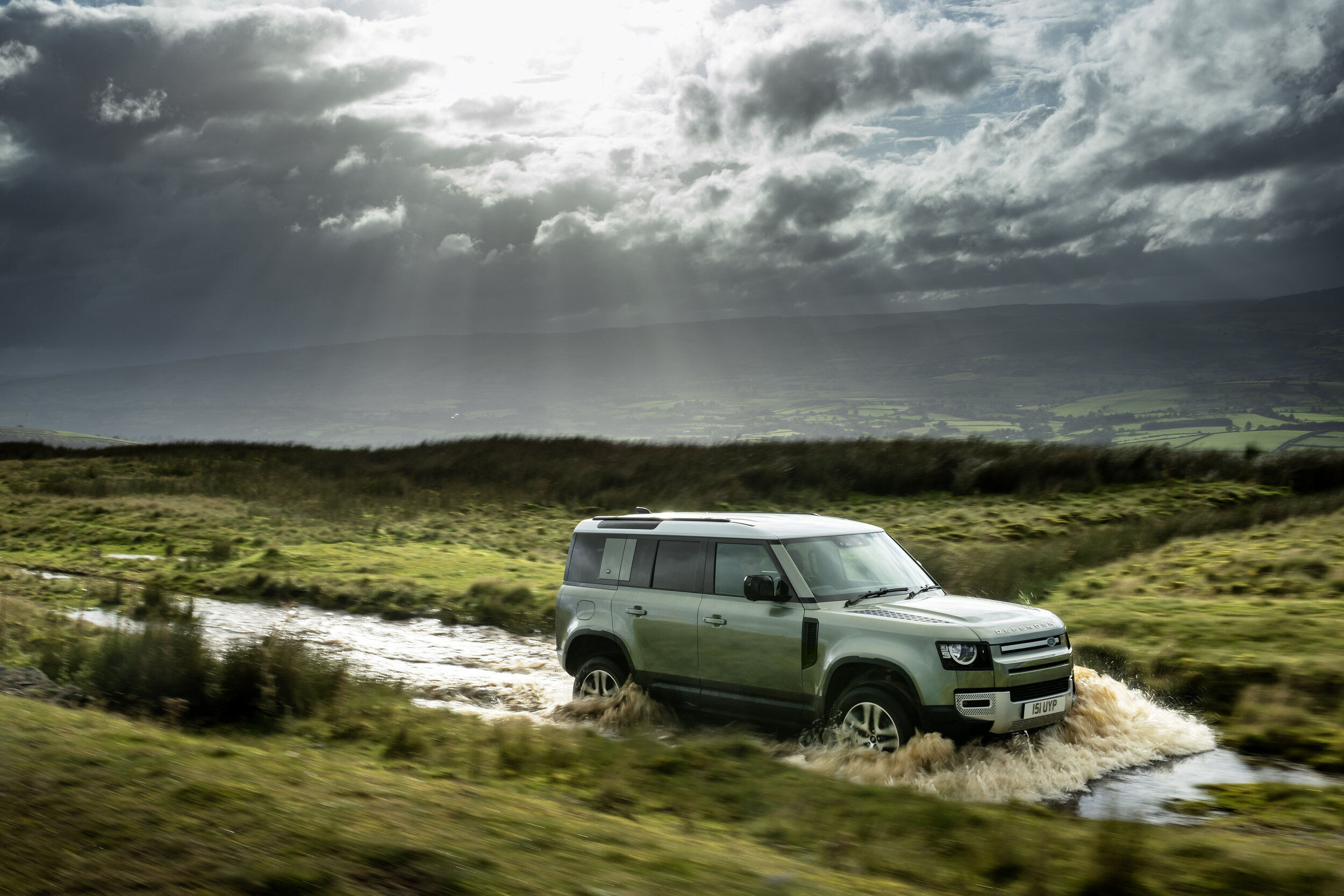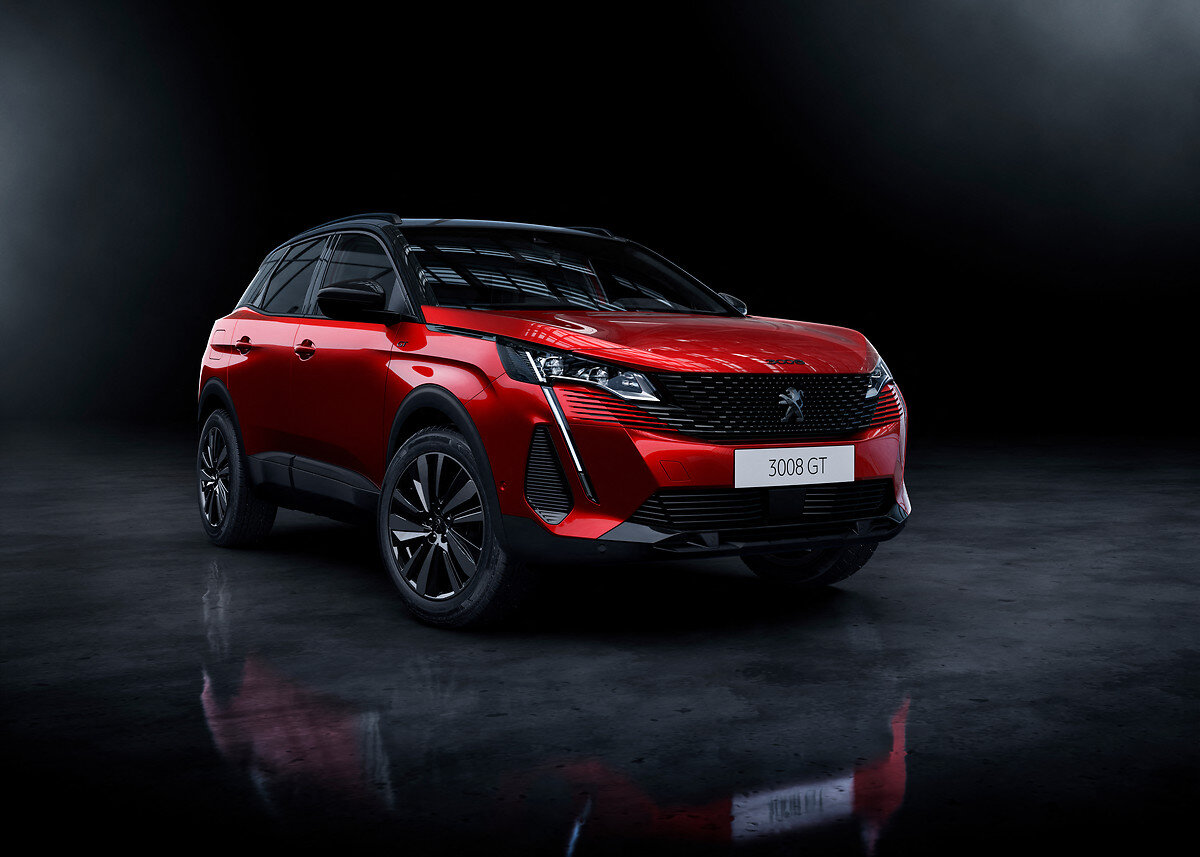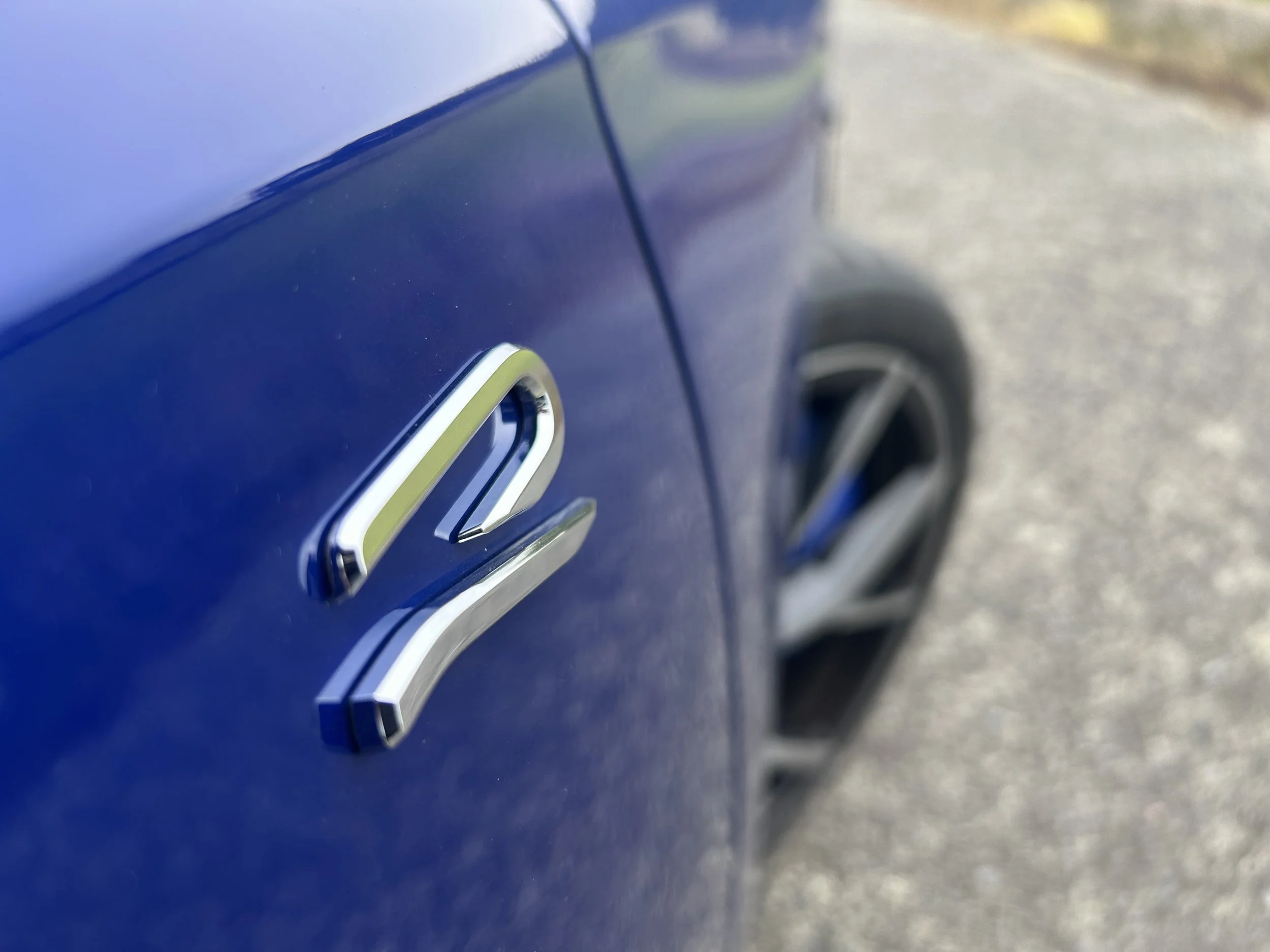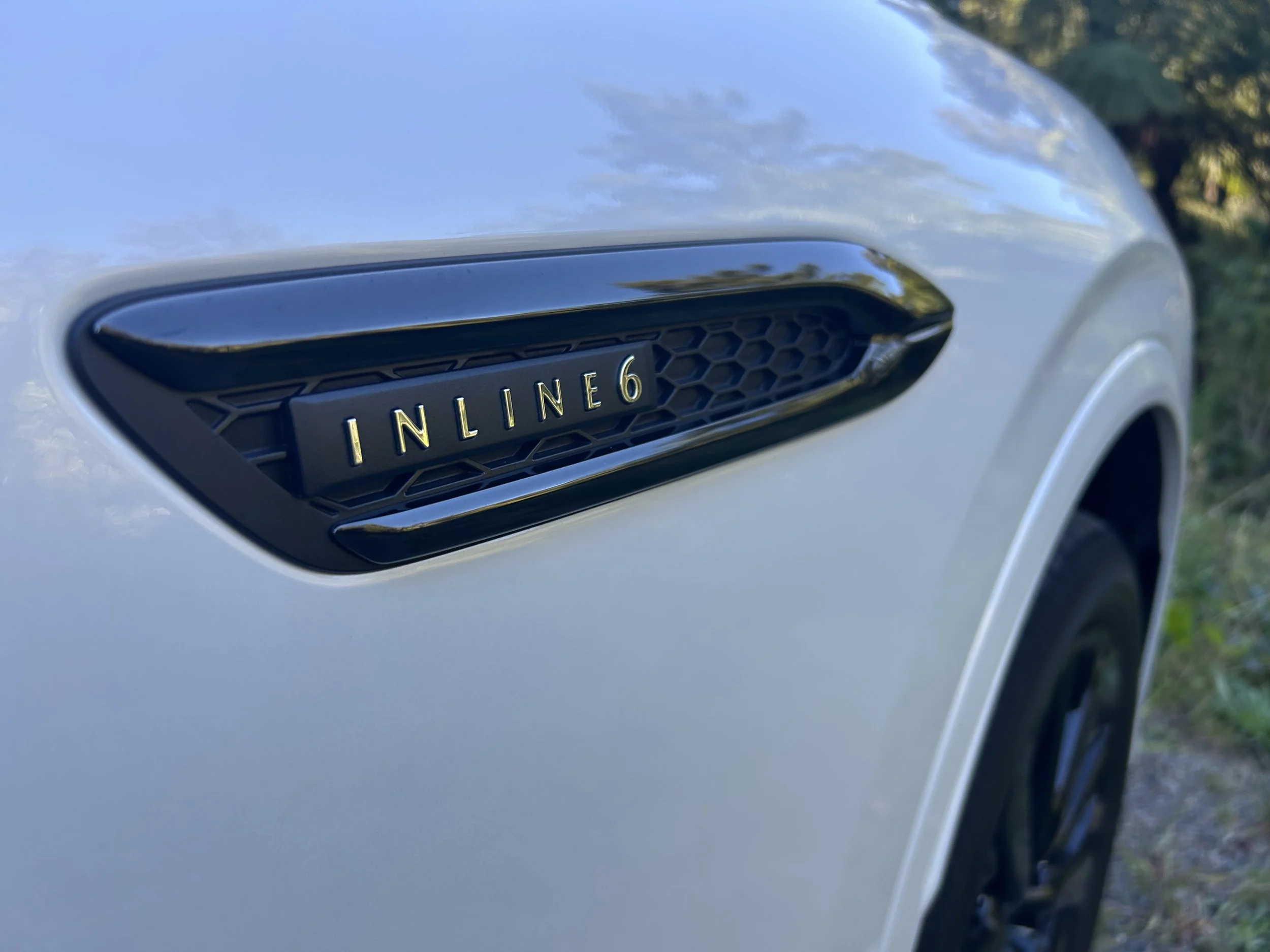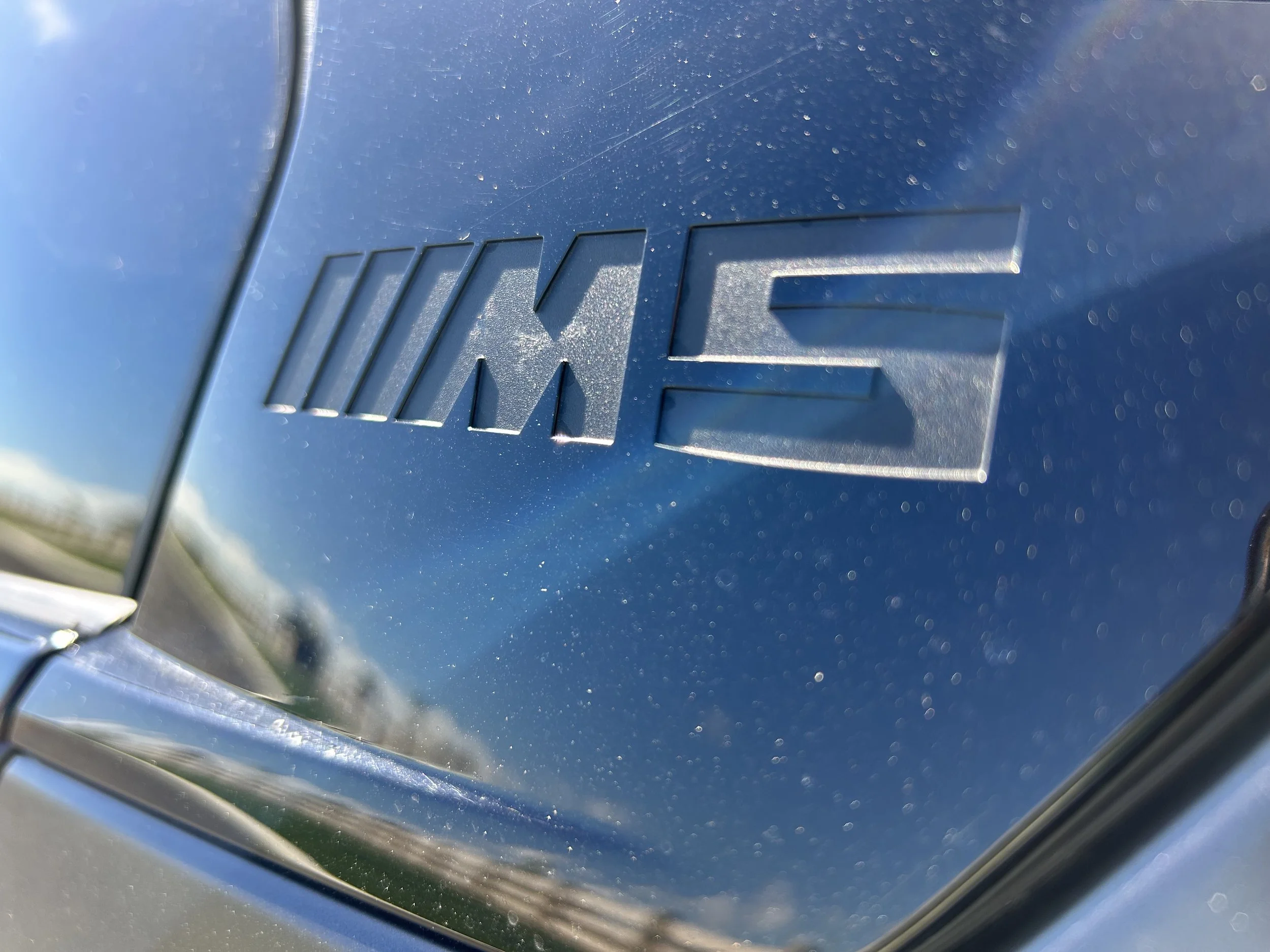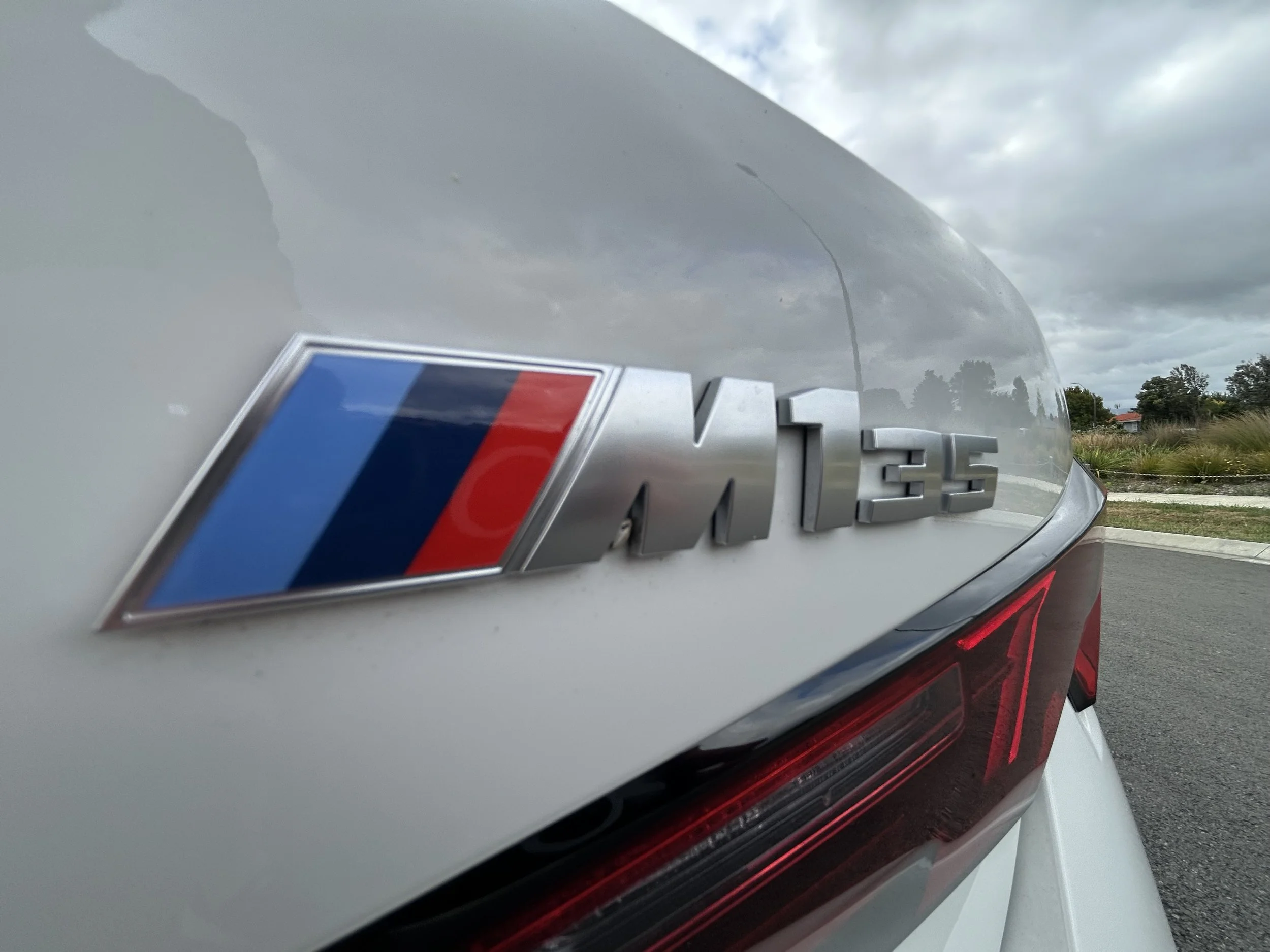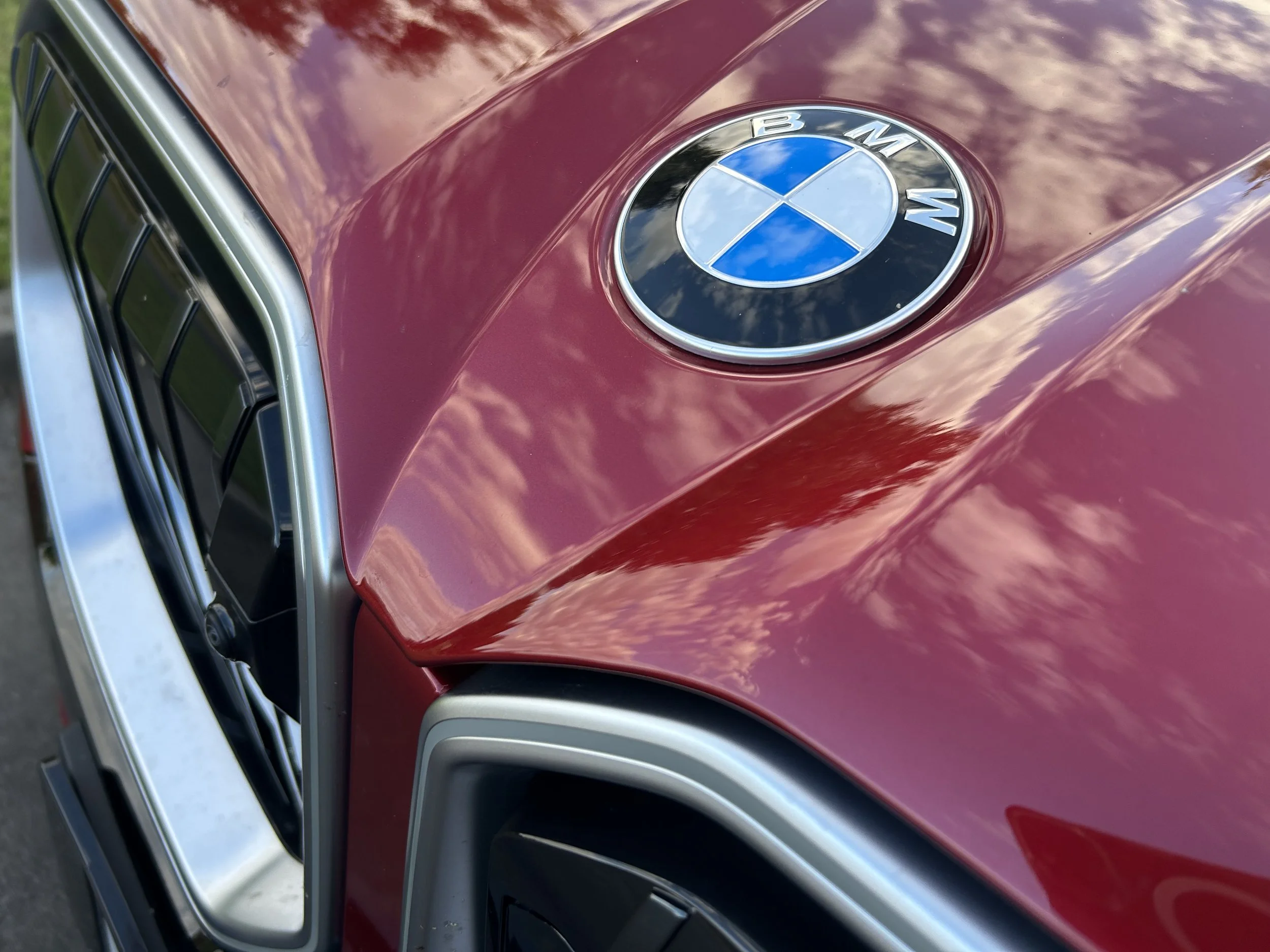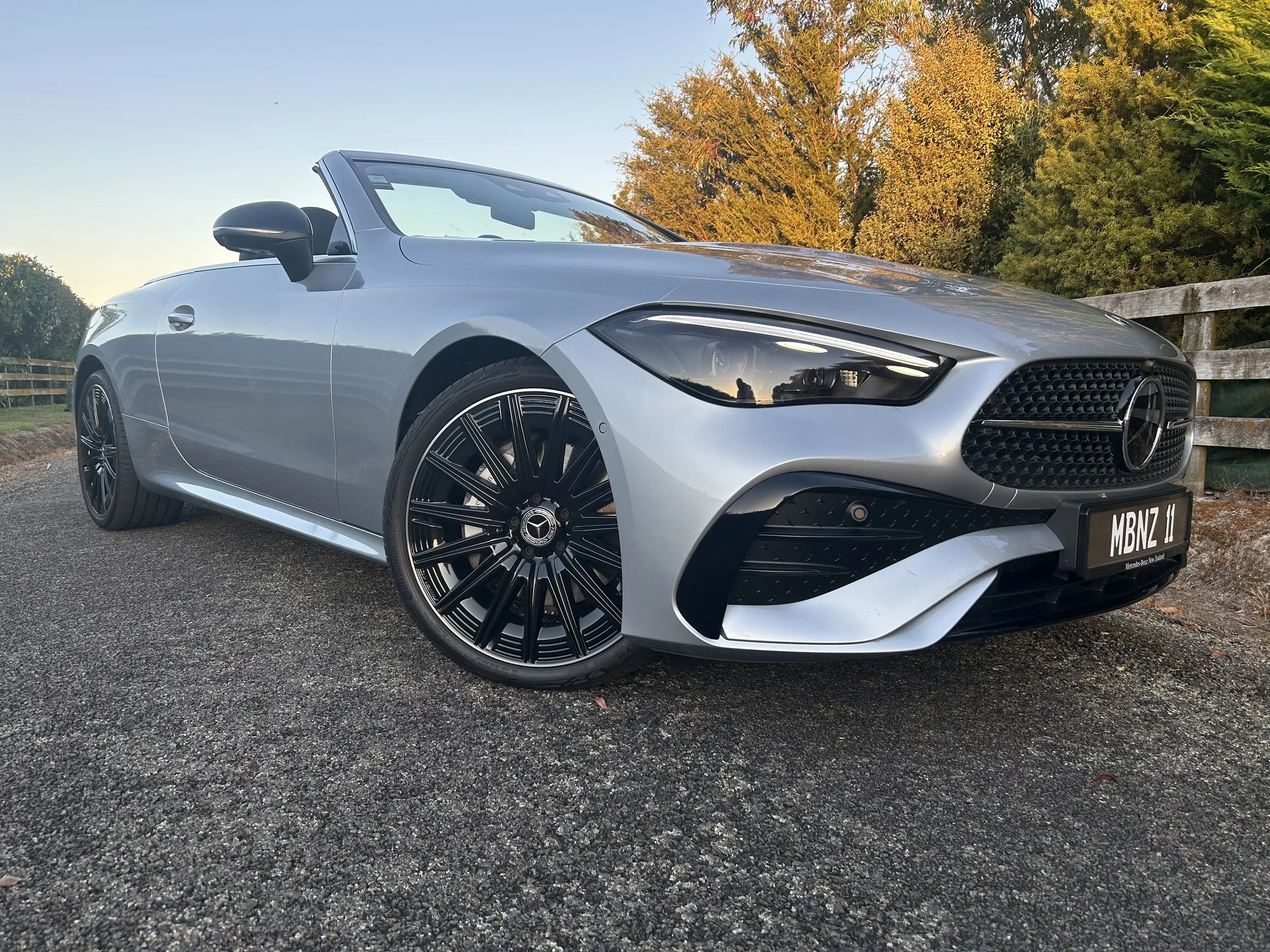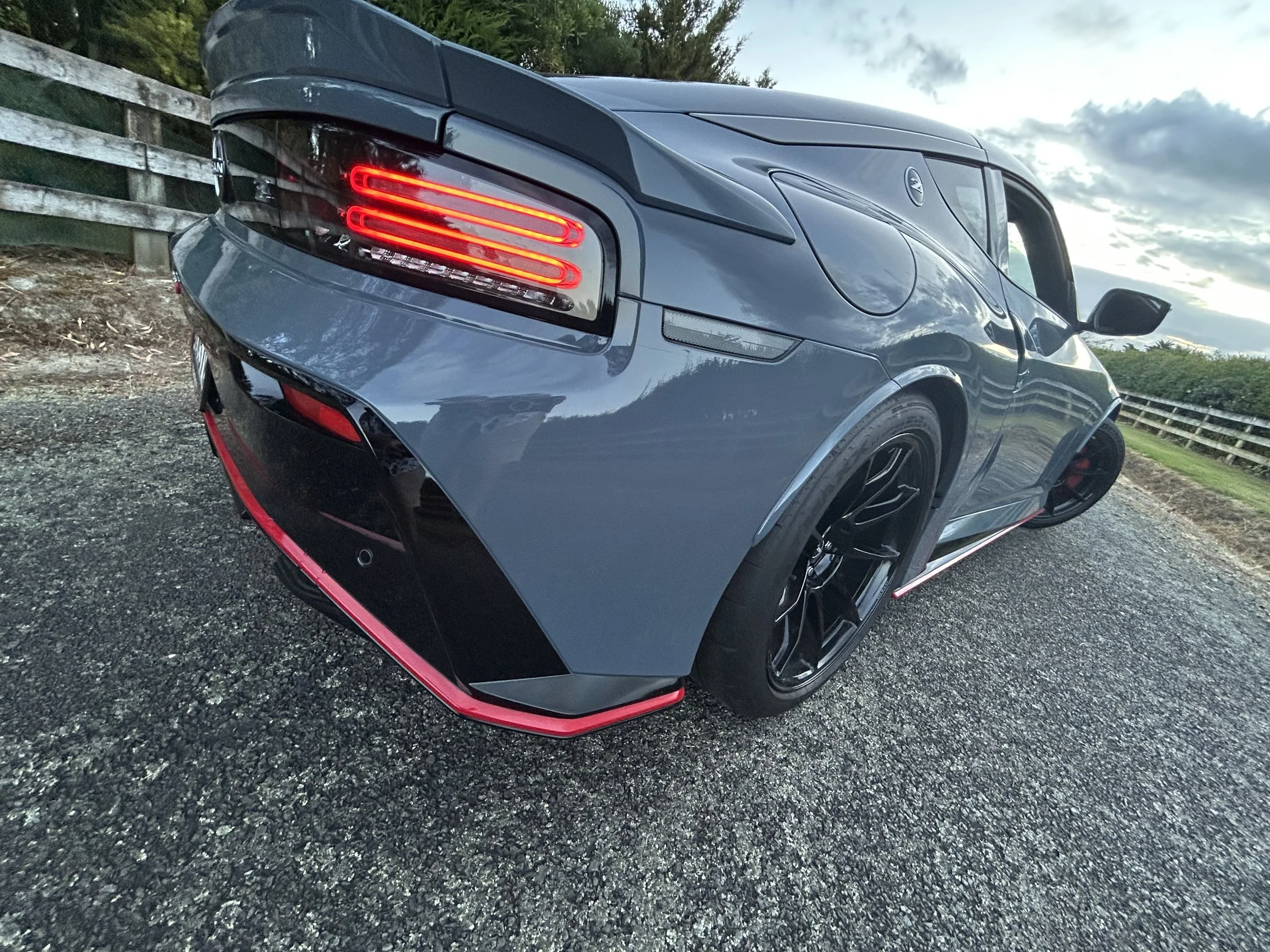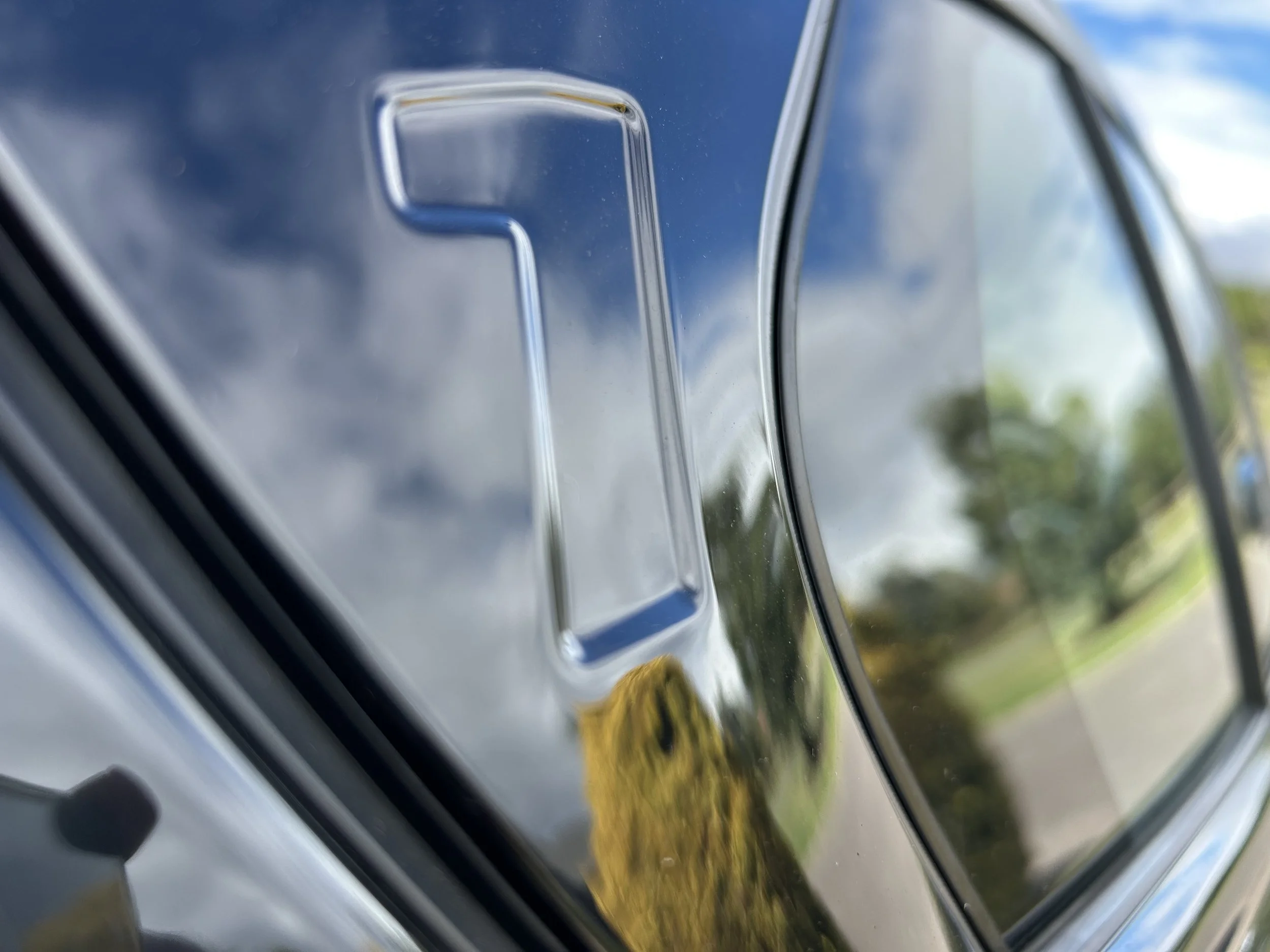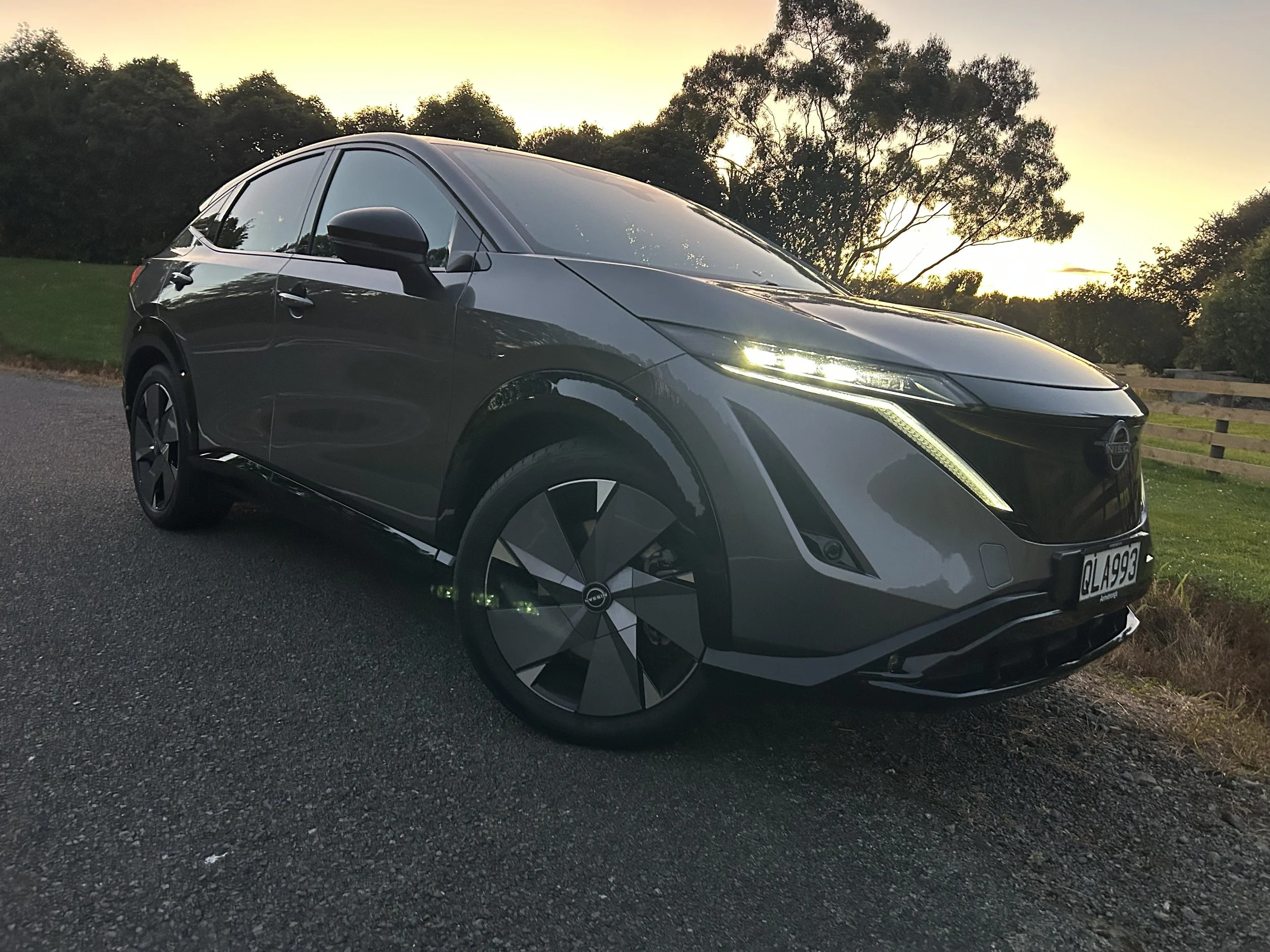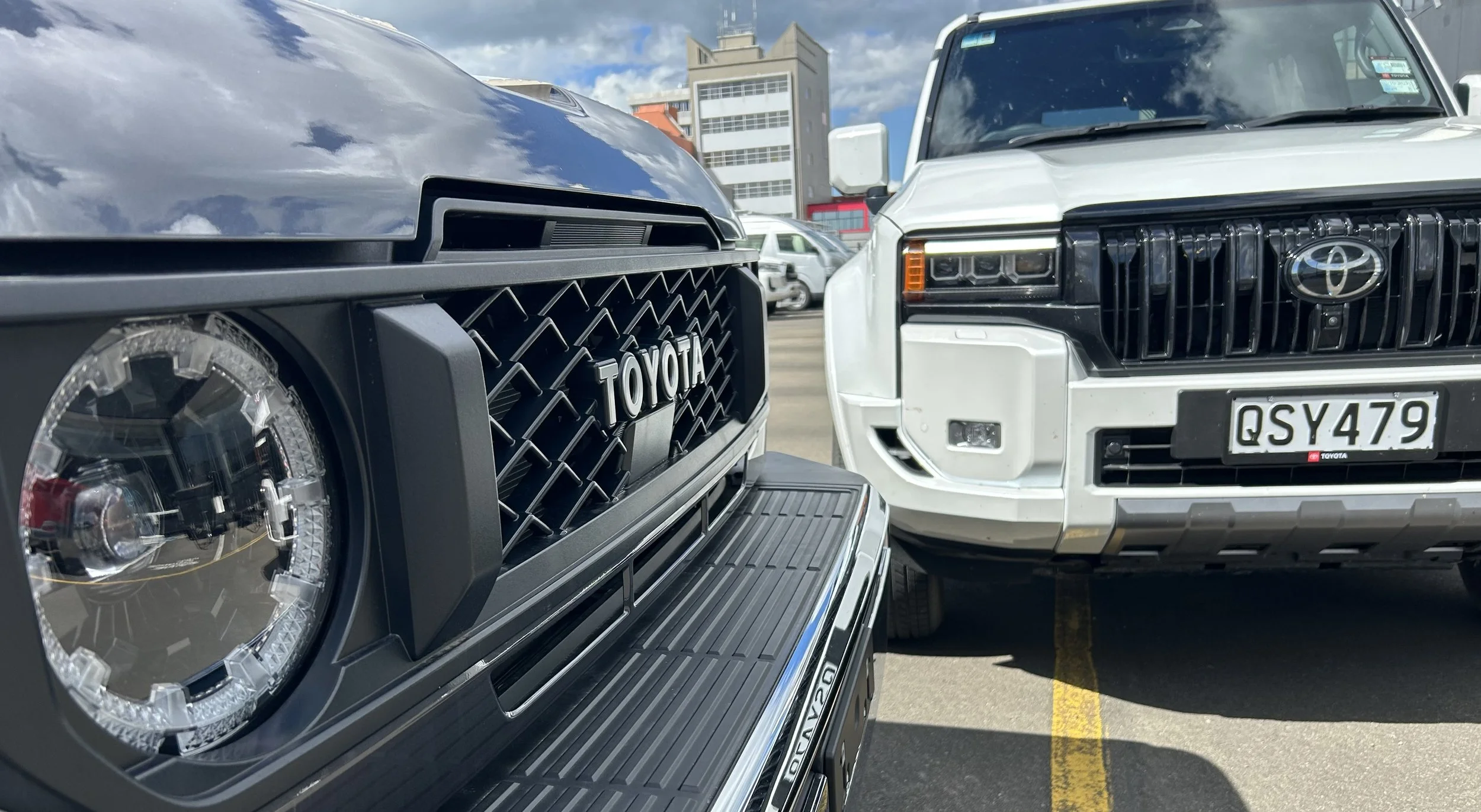JUST a handful of plug-in hybrid BMW cars in New Zealand are thought to be drawn into a battery pack problem which could result in a short circuit and potentially cause a fire.
The maker has nonetheless issued a widespread recall for all of its plug-in hybrid vehicles.
The list of affected models includes the X1, X2, X3 and X5 SUVs, the 3, 5 and 7 Series saloons, the 2 Series Active Tourer, the i8 and the MINI Countryman.
The recall applies to any of these PHEV models that were built between 20 January and 18 September this year.
BMW estimates roughly 26,700 vehicles have been affected worldwide, but it seems just 12 of these are in this country.
Comment in respect to the New Zealand situation has come from BMW’s regional head office in Australia.
“We can confirm this safety recall relates to a small limited amount of PHEV variants of the BMW 3 Series, 3 Series Touring, X1, X2, X3, X5, 2 Series Active Tourer, 7 Series, 5 Series, 5 Series Touring and MINI Countryman models,” a spokesman related today.
“An inspection of the parts involved is currently being carried out.”
Any customer who wishes to check if their car is affected by a recall can visit the recalls section of the BMW New Zealand website now and key in their 17-digit VIN numbers to find out.
Asked how many vehicles were subject to the recall, he said the count was 12, and all owners have been contacted.
“Replacement loaned vehicles have been provided to these customers while their vehicle currently undergoes an inspection.”
The initial remedial action comprised a 30 minute quality inspection. “Further action may be taken if needed.”
The spokesman did not respond to the proposal that some vehicles are expected to be off the road for weeks, due to delay in securing components.
Asked if BMW/MINI has suspended sale of PHEV product and what impact, if any, this issue had on the brand’s fully electric cars, the BMW i3 and the e-Mini, the spokesman responded: “This action does not affect full EVs, only PHEV models listed. This safety precaution recall does not affect all PHEV products.
“It affects only a small amount of vehicles from one specific production line produced in the period 13/03/2020 – 06/08/2020.”
BMW Germany announced overnight its engineers have found some discrepancies in the manufacturing process of its battery packs, which the company sources from the third-party supplier Northvolt.
The concern is that foreign contaminants may have been sealed into the units during their assembly, which have the potential to short circuit the battery pack and cause a fire.
A spokesperson for the brand in Germany said: "BMW Group has launched a worldwide safety recall and stopped delivery of a small number of plug-in hybrid vehicles as a preventative measure to check the high voltage battery.
“Internal analysis has shown that in very rare cases particles may have entered the battery during the production process.
“When the battery is fully charged this could lead to a short circuit within the battery cells, which may lead to a fire. BMW apologises for the inconvenience caused to customers, but of course safety must come first."
German media reports that a fix is expected to start being rolled out by the end of the month.
It is not the first recall to affect BMW's plug-in models. All of the above models bar the i8 were subject to a recall earlier this year to remove welding beads left on the battery.
Of course, BMW isn’t the only company plagued by battery-motivated recall issues, though. Ford, who uses the same battery supplier as BMW, issued a similar notice for the Escape PHEV after four vehicles short circuited and caught fire.
Hyundai also issued a recall for the Kona Electric after 16 reported cases of cars catching fire, which forced the Korean brand to recall more than 25,000 vehicles in South Korea. Whether the issue concerns NZ-delivered vehicles has not been made clear.



















